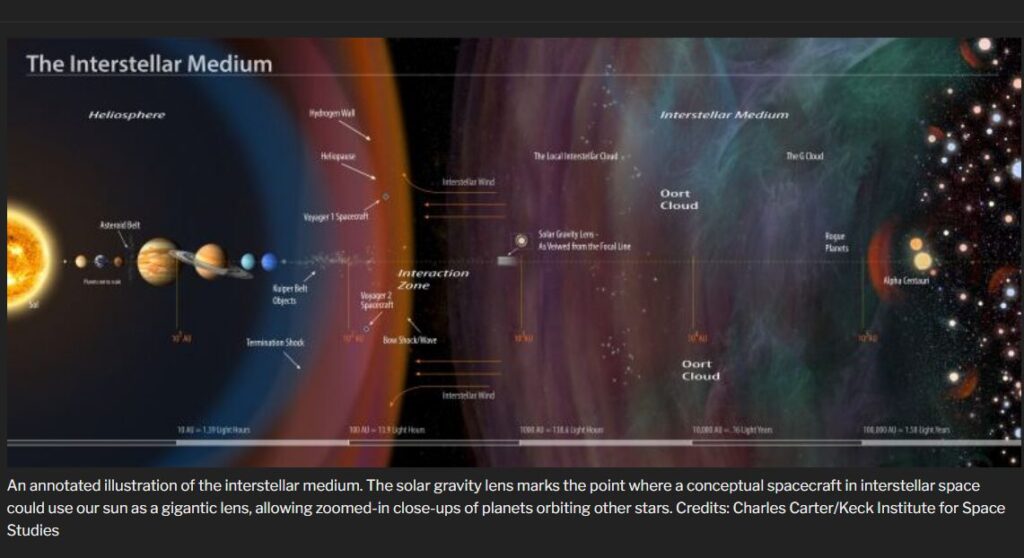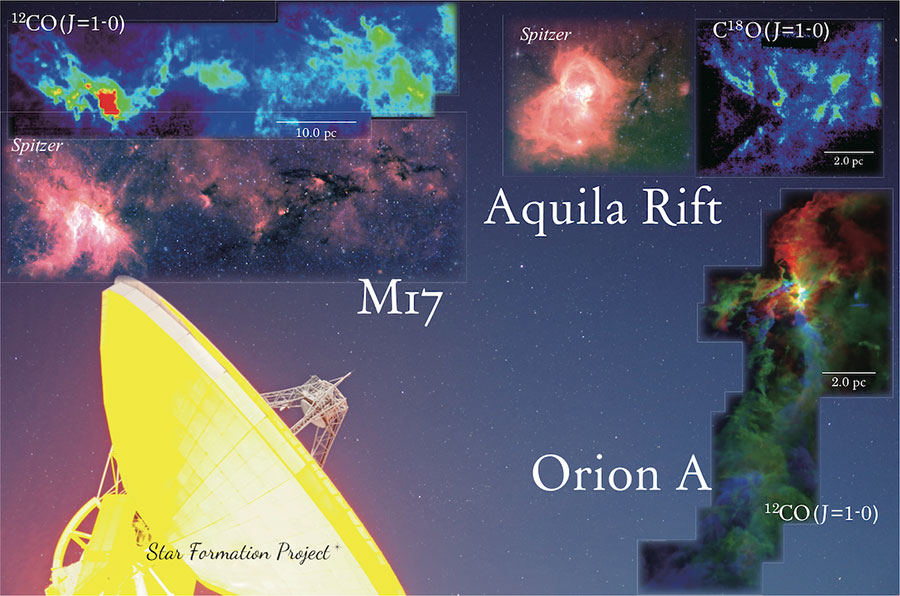
Noctilucent clouds were once thought to be a fairly modern phenomenon. A team of researchers recently calculated that Earth and the entire solar system may well have passed through two dense interstellar clouds, causing global noctilucent clouds that may have driven an ice age.
The event is thought to have happened 7 million years ago and would have compressed the heliosphere, exposing Earth to the interstellar medium.
Interstellar clouds are vast regions of gas and dust between the stars within galaxies. They are mostly made up of hydrogen along with a little helium and trace elements of heavier elements.
They are a key part of the life cycle of stars, providing the materials for new stars to be formed, and are seeded with elements after stars die...
Read More






Recent Comments